Time-gated FRET-based biosensors allow the quantification of multiple nucleic acids at low nanomolar concentrations using just a single donor–acceptor pair.
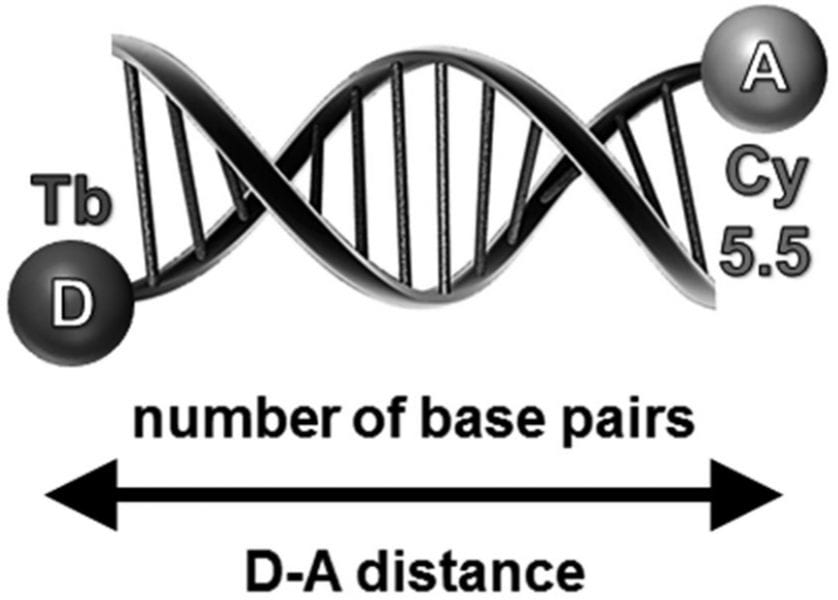

Time-gated FRET-based biosensors allow the quantification of multiple nucleic acids at low nanomolar concentrations using just a single donor–acceptor pair.
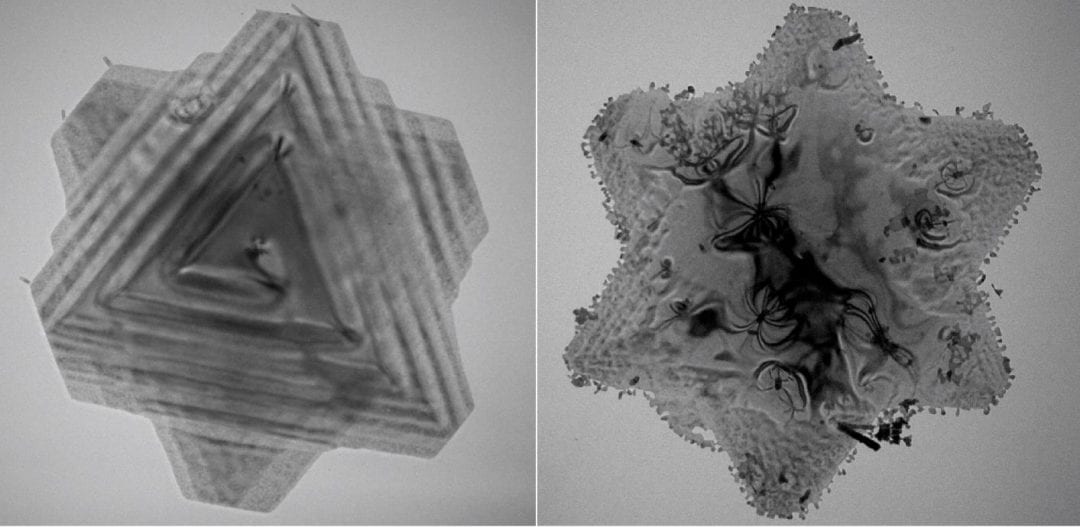
Sb2Te3 nanoplates decorated with two-dimensional chalcogenide self-assembled Ag, with spiral growth.
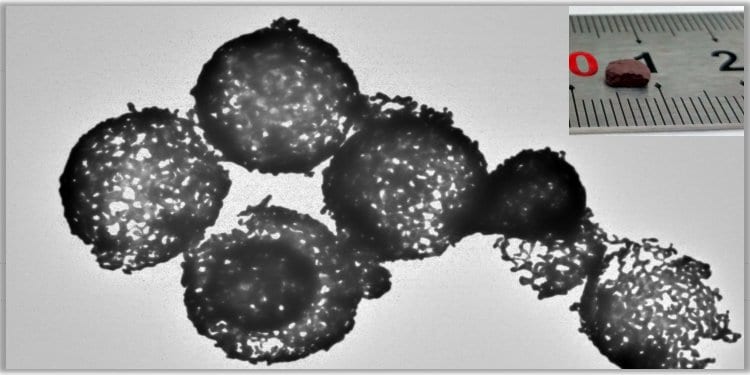
A series of monolithic porous Au with different pore sizes were successfully synthesized.
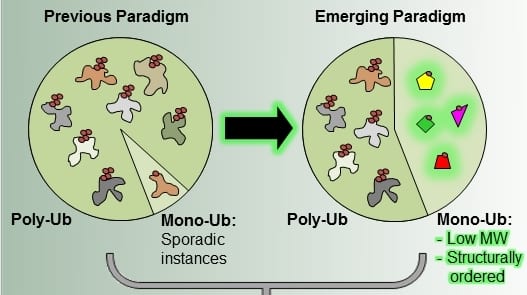
In their review in BioEssays, Ido Livneh et al. discuss recent findings that establish monoubiquitination as a proteasomal targeting signal.
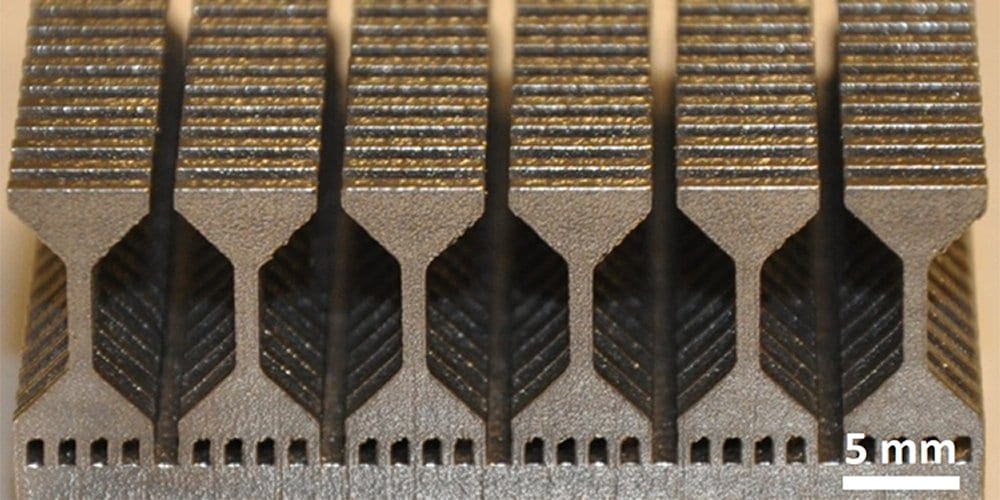
A high-throughput tensile testing technique has been implemented, which utilizes high-resolution cameras to track the deformation during testing.
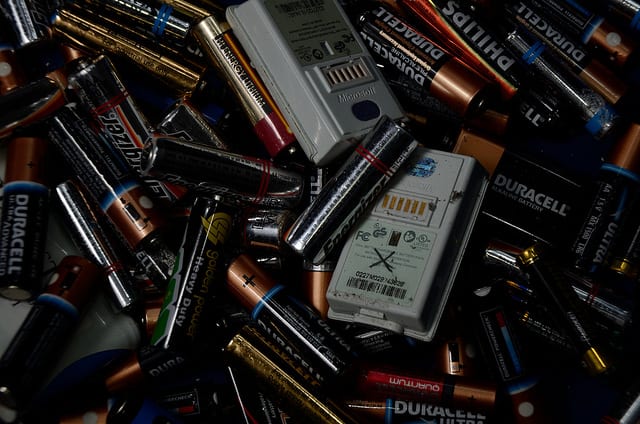
Safer technologies with higher energy densities and longer working lives are at the top of the list for lithium battery research.
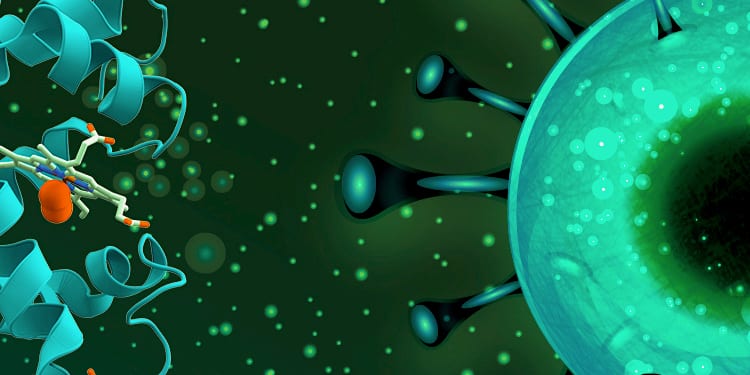
An overview of the viability of different molecular simulation methods and interface force fields, the recent advances in the simulation of protein-surface interactions, and the challenges posed by the current simulation methods to reproduce the exact phenomenon.

Complex multi-material tactile sensors can be printed in situ; a new route toward the biointegration of various sensors in wearable electronics.
Temporary rivers fluctuate between flowing, pool and dry states, making their instream habitats more dynamic and variable than those in equivalent rivers with year-round flow.
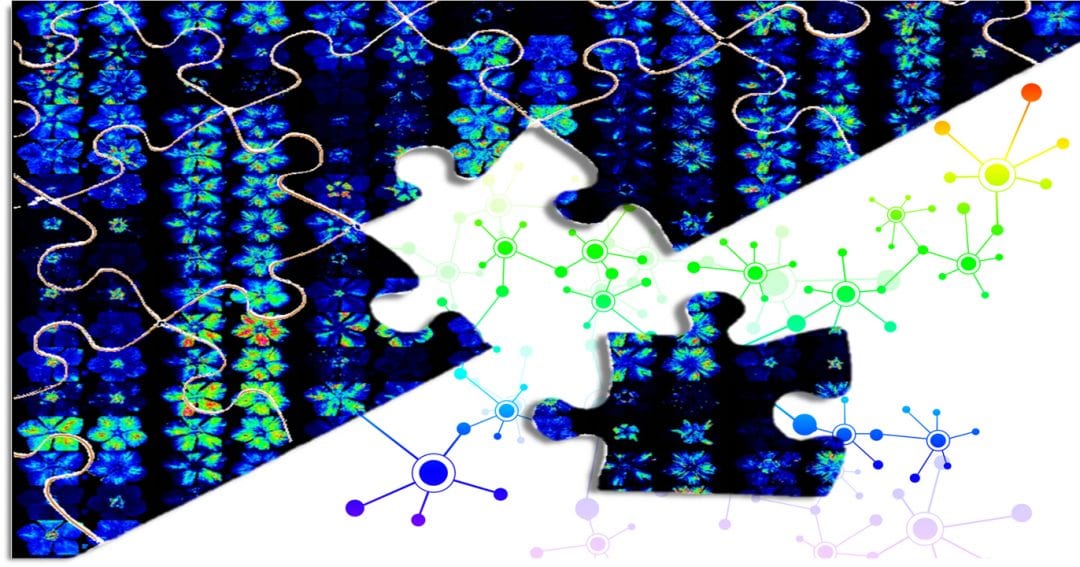
Applying mature imaging mass spectrometry (IMS) or combining IMS with other imaging techniques to analyze biological interactions builds a bridge between physiology and ecology and creates a more complete depiction of nature.